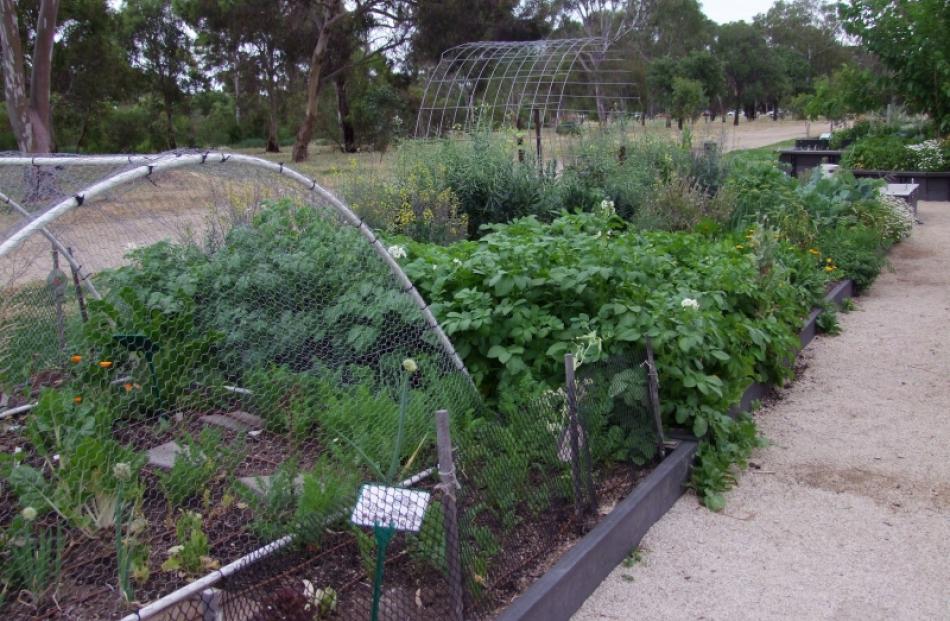In South Australia, there is a push to have more community gardens so that people will eat more fruit and vegetables.
''Our definition of a community garden is an edible garden,'' explains Jo Staniforth from the state's Department of Environment, Water and Natural Resources.
A former teacher, Jo has statewide responsibility for community gardens.
Unlike many who worry about the loss of gardening skills, Jo is upbeat, saying ''the knowledge and experience are out there; all it needs is to connect them''.
Older gardeners often have local knowledge that can be invaluable in crop selection and problem-solving.
In a city, finding spare land for gardens can be an issue. Churches, schools, councils, marae, businesses and even individuals may have a site that can be utilised.
In Adelaide, the management of the botanic garden provided a spot and volunteers took it from there.
The Walyo Yerta garden, as it is called, produces a range of fresh organic produce - including peaches, potatoes, tomatoes, corn, herbs and silverbeet - protected from damage by netting-covered frames and with old CDs as bird scarers.
''It's going well and the potential is huge,'' Jo says.
Forget the popular image of an organic garden being weed-filled: Walyo Yerta is kept neat by the volunteers who obviously believe that there's no point in letting weeds gobble up the nourishment.
Even tidier is the community garden in front of St Andrew's Hospital, where the rosemary-edged herb garden forms the centrepiece. A group of revolving compost bins ensures neatness and minimal odours.
In New Zealand, it has been estimated that it costs at least $2000 to get a community garden under way and Jo has plenty of advice for those wanting to get started.
''It is a mistake to think that councils are obliged to help with land or cash,'' she says, adding that people should make use of all local resources before applying for grants or council/government funding.
If you do get a grant, treat it as a one-off rather than assuming it will be an annual source of funding. That means keeping an eye on finances long-term.
''Many [community garden committees] don't know how to be self-sustaining. Structure and governance are vital, essential from the beginning,'' Jo says.
''Be innovative and imaginative in getting the local community involved,'' she says.
Those community connections work better, she maintains, than looking for handouts and often lead to donations of useful materials - sleepers, old bricks and compost, for example.
And her final advice when asking for help is to ''be cheeky, but with a smiling face''.
- Gillian Vine visited Adelaide as the guest of the South Australian Tourist Commission.











